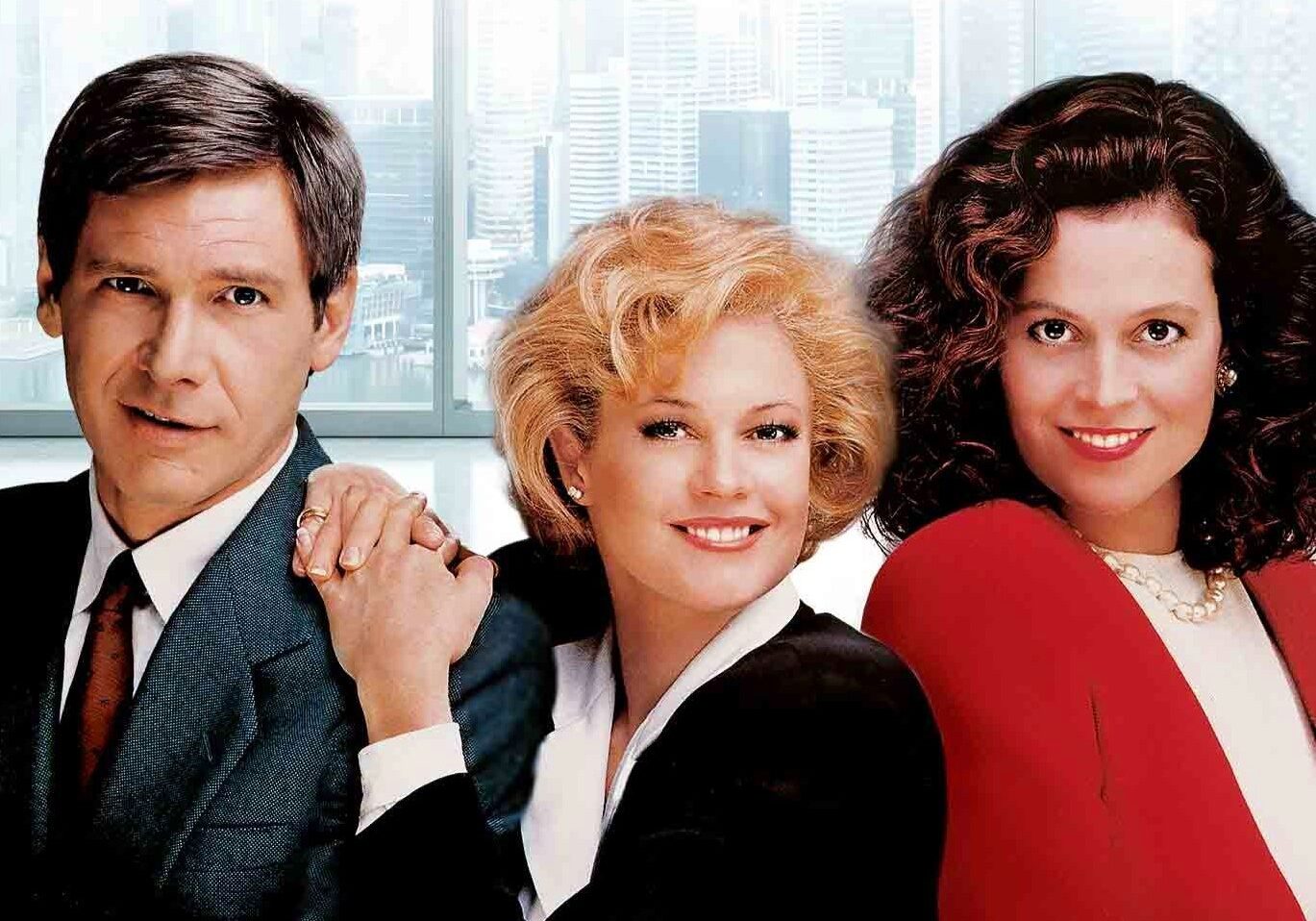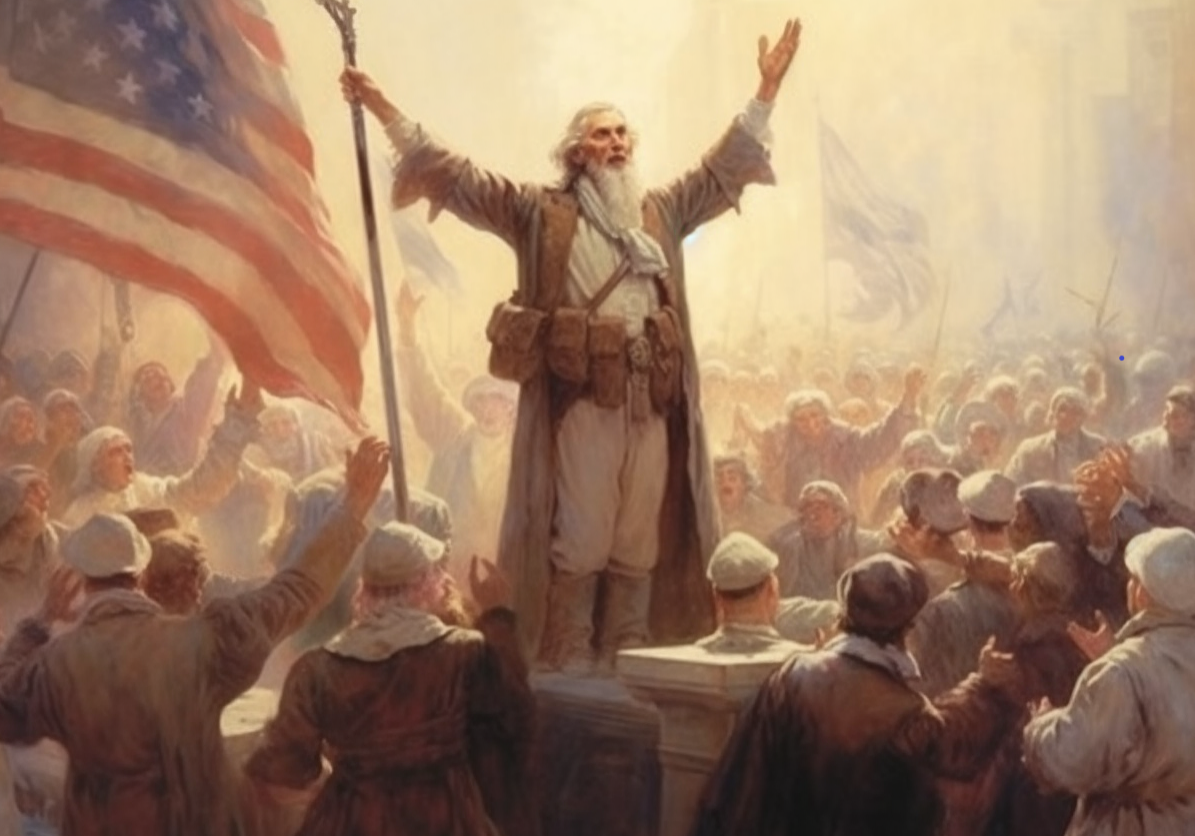The first World War was bloody and vicious. By its end, it had taken the lives of more than 20 million people. That number a few times over perished in the Spanish Flu that followed in its wake. It is a story that has been retold a lot lately.
There were other casualties of the Great War, too. The narratives of a protective ruling class across Europe. Fervent embrace of trade and economic models based on colonialism and imperialism. Oligarchies and monarchies, yes, but belief in the capacity of oligarchies and monarchies to act benevolently and competently in the defense of the people, too.
First, the people die; then, the stories.
The human toll of COVID-19 is unlikely to approach even a mean fraction of the pain visited on humanity in the first quarter of the 20th century. But what about the stories we tell about our global institutions, our shared values, and our own orthodoxies and authorities?
Those stories are dying. They are dying because the institutions built on those stories failed us all, and all at once.
First, the people die; then, the stories.










But futures are up, Rusty. So why so serious?
Rusty, this might be the most important post for me since “The Three Body Problem”. As usual, part of me is angry for taking the red pill, but it’s throughly outweighed by the stark joy of truth I feel this morning. You and Ben are doing an incredible job and I’m extraordinarily thankful to have found Epsilon Theory, and more importantly, my pack…
That’s really kind of you to say. I feel that way a lot, too - especially the gratitude that we’re in this together.
Amazing! A brilliant proof of Pournelle’s law and that it’s sociopaths all the way down.
There is a libertarian paradox here which maybe you can solve. Welcome to the fourth turning.
Congrats on a great read!
Rarely do readers benefit by committing an hour of time and, in exchange, absorb 100 hours of a writers time. Thank you. What happens when what’s moral is what’s legal and what’s legal is for sale in Washington? https://www.lbs.co/blog/why-us-political-risk-should-be-a-factor-in-portfolio-risk-budgets
An absolutely brilliant post, and there were several priceless phrases, such as “I keep waiting on Paul Krugman to jump out and shout ‘The Aristocrats’ or something.” I was also fascinated that you brought up the Uighurs in China, because I had only heard that was an issue from ONE podcast, and from no news sources. Thank you, Rusty.
Rusty, I have joined the pack due to the impact of this piece and Ben’s Inception. State governments have failed miserably as well in their response to this crisis. Under-investment in their healthcare systems, failure to respond to advance warnings such as the “Crimson Contagion” exercise, leads to the creation of healthcare heroes as efficiently as the creation of British heroes in the Battle of the Somme. We need to do better in the New Normal than we did in the old. Keep up the great work!
Really great job Rusty. Kudos.
I’ve been reading for awhile but this one got me. I joined up because of this article. It was absolutely beautiful (brutally beautiful).
Also, social media companies did not represent our interests. By promoting favored narratives, they suppressed free speech. YouTube demonetized Peak Prosperity for casting doubt on the “it’s the flu” narrative among others. Every CV-19 related video on YouTube contains links to the CDC (which had earlier: masks don’t work, it’s the flu). Reddit CV forums were tightly censored by a small group of narrative loyalists with moderation and banning.